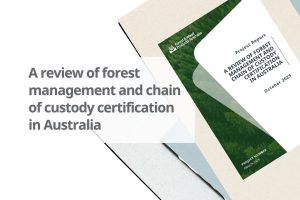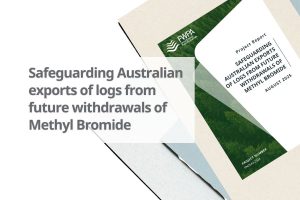A recent study examined the effects of timber harvesting and fire on coarse woody debris (CWD) at 48 sites across south-western Western Australia. Findings will be used to provide information that can support forest managers in striking the right balance between reaping the benefits of the presence of this type of debris and mitigating the potential risks.
The study, led by the Western Australian Government’s Department of Biodiversity, Conservation and Attractions, found the strongest predictors of the presence of CWD was the impact of recent and historical harvesting and the number of prescribed fires, with both resulting in increased CWD loads.
The volume of CWD was greatest in the recently harvested category and lowest in the never harvested category. The ‘old harvest’ category, which refers to land harvested more than 40 years ago, was found to have an intermediate CWD volume.
The next strongest predictor was the number of wildfires. Unlike prescribed fires, wildfires actually reduced the accumulated volume of CWD.
Increased CWD loads resulting from past harvesting and prescribed burns offer a substantial carbon store with benefits for CWD-dependent species.
However, forest managers are advised to balance the potential benefits of maintaining large volumes of the debris against the risk that fires will consume a high proportion of CWD, resulting in severe heating of soil and vegetation and substantial emissions of carbon into the atmosphere.



